WHAT IF SOUTH AFRICA DIDN’T HAVE NELSON MANDELA
"It is impossible to have a nation that is both a plaintiff and a defendant and a judge," Nelson said.
"It is impossible to have a nation that is both a plaintiff and a defendant and a judge," Nelson said.
If Nelson Mandela passed away, what would happen to the South Africa?
You can assign to meet him, everyone can – the South African guide shrunk his shoulders – But you will have to wait till next year for your turn.
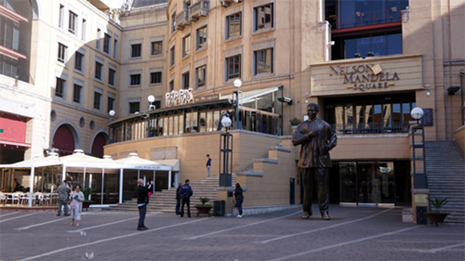
The Nelson Mandela statue is located at the Square named after him in the capital Pretoria
So, it was impossible for me to meet Nelson Mandela in my rare opportunity visiting the South Africa. Actually I had foreseen that, but the guide’s trustful “everyone can” affirmation showed how familiar Nelson Mandela is in South African people’s hearts.
I have never been to the US, but I think if we call it the United States, the South Africa definitely deserves a similar name. Multi-ethnics country, for example. Since the Dutch East India Company – the first Europeans set foot on the Cape coast in the 16th century, the South Africa started to step into the ethnic globalization right on their land, right at the gene resource of human being.
In many following centuries, the Dutch and English ruled South Africa as a colony. To serve for this colonial exploiting work, they brought here the Indian, Chinese, Malaysian and also Vietnamese. However, the absolute power on every aspects had always belonged to the white who only accounted for 9% of the population.
Not Halong Bay or Phong Nha Cave but the war against the US is what reminds the world about Vietnam. Similarly, talking about South Africa, people will immediately think about apartheid racism, though it was eliminated in 1994. There are a lot of injustices under apartheid regime, for example law consider marriage between a black and a white person a serious crime. Such a couple is not recognized by the law, and the black spouses will be executed. Along with other draconian rules, this extreme racial discrimination drives diverse ethnic groups in South Africa into deeply divided lines.
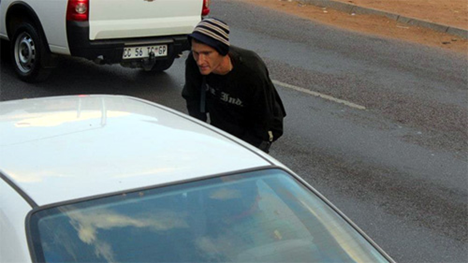
The rare white man roamed the streets of Johanesburg
Nelson Mandela - a legend with 27 years of imprisonment for an attempt to fight for non-white people’s equal right ended the unfair treatment regime lasting for nearly half a century.
But shortly after being elected as President in the first multi-ethnic election in South Africa in 1994, Nelson Mandela faced the problem that he spent many years removing: racism. The black people, after having overthrown the harsh yoke of white people, aimed to a proscription, dispute, if not to say to revenge to those who oppressed them.
In Alex Haley's “Roots” novel, during the 19th century, slave trains filled with black people were kidnapped, taken to the US to sell to planters. They retain their skin color and race pride until they are subdued, blended and assimilated with white people. In that best-seller novel, black people are stigmatized, even despise brown people - crossbred with white people.
That story is repeated in current South Africa: although white people still hold the backbone of the economy through banks, mineral deposits and gems, international trade clues, but in fact - South Africa is only their market rather than their homeland. Within a decade after the African National Congress (ANC) came to power, more than 1 million white people left South Africa. And now, among 4.5 million whites who remain to stay (South Africa's population is 50 million), up to 450,000

Voortrekker Monument
But what did black people do with the power they had? The index of human development declined dramatically, but the crime rate and HIV / AIDS infection were the highest in the world. Although named in the top 20 most developed stock markets in the world, South Africa is also the country with the highest income inequality rate in the world. President Zuma has up to 20 children, and his four wives spend $ 1.8 million a year from the budget. The unemployment rate receiving benefits is still too high, and the wave of immigration makes the situation worse. And, the blacks blamed it all for white people. In Cape Town and Johannesburg, two of South Africa's four largest cities, it's hard to see the white people on the street. Colored people, mostly black, dominate the streets, but most of them look poor, and some look miserable. The towers are silent. Many dormitories are ruined and damaged. The train system is abandoned because it is too bad for the rich but too expensive for the poor.
This is the only white man I see after long hours sitting on a touring car running around in Johannesburg. The tour guide almost confirmed: that guy is either addicted to alcohol or gambling, or both. Now that the roads are crowded, I have time to closely observe the man's actions. He asked for a ride from many people, but no one agreed. Obviously, he was drunk and dirty. And the black people sitting in the air-conditioned car didn't even bother to take the glass door down to
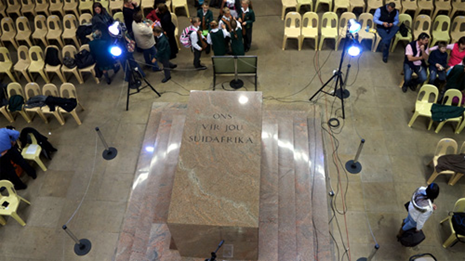
Large marble slabs with inscription "Ons vir Jou, Suid-Afrika" - We dedicate ourselves to Him - South Africa - in the Monument.
Being isolated, but not all white South Africans leave. They stay with their property, and secure themselves with their own wealth. In Johannesburg, the city belongs to the black people, white people leave for the suburbs, cluster into zones, and protect themselves with high walls, deep moats, armed guards. These villas are far more luxurious than the inner city is. In Cape Town, rich white people bought villas costing tens of millions of dollars on the banks of the canal directly connected to the sea. At night, their yachts followed the canal, parked at the door as if they were parking a car. But in the neighborhood, black people sell trifles, stealing and cheating on each other (they did not have the opportunity to do so with rich white people).
Nelson Mandela, certainly, anticipated and tried to limit the above scenario. Two years after the historic multi-ethnic election, the National Assembly of South Africa issued a new constitution, South African Republic was considered to be born and September 24 was selected as the National Day. The South African constitution has the recognized and legalized the freedom and the equal rights in politics, economics, and society. The Constitution prohibits all racist advocacy, ensuring the rights of whites, Asians and colored people. South Africa lived in the spirit of the new constitution. The harmony in South Africa's life was achieved by the leadership of the ANC movement, especially thanks to the work of President Nelson Mandela who often prioritized the issue of national reconciliation admired by the whole world, and kept the policy of not discrimination, not hate white people. He protected the independent administrative and judicial system that white people established, using white people according to their abilities.
In June 1995, on the Ellis Park Stadium in Johannesburg, the South African rugby team won the World Championship after winning the New Zealand team with the score 15 - 12. It was a miracle. But the stadium were covered with 40,000 black spectators, cheering for a full-fledged squad of white people, it was a legend. And without Nelson Mandela's attempt to convince reconciliation, even the South African team had abandoned the tournament in the first place.
(This true story was turned into a movie named “Invictus” by famous director – actor Clin Eastwood in 2011. Morgan Freeman played Nelson Mandela very successfully).
In fact, although many generations have been attached to the land of South Africa, white people still cannot change the source of their presence here: invasion. The most controversial monument of South Africa - Monument Voortrekker is only about 15 minutes by car from downtown Pretoria. Built from 1937 to 1949, this architecture has a height, length and width of 40m. Designed by Gerard Moerdijk, an architect passionate about the mysteries of the Egyptian pyramid, this work has a hole in the roof, and is calculated that right at 12:00 noon on December 16 every year, the sun will shine straight from the top to the bottom of the tower. And where the sunlight reaches, there is a large marble slab with inscription "Ons vir Jou, Suid-Afrika" (We dedicate ourselves to him - South Africa). "Voortrekker" means "explorers" in Afrikaans (South African language, built on a Dutch basis).
And on December 16, it was the day when the Dutch swore to die with the Zulu people (South African natives) entering the bloody battle to win their way. Behind them were the English at the coast with big ships and cannons. In front of them are thousands of battle-hardened Zulus warriors - the true owners of the black continent, more than 500 Dutch "voortrekkers" stacked up on 64 metal-made wagons, attacking directly with guns ... - God has blessed them, not one Dutchman died. But 12,000 Zulus warriors were forced to take over - the guide winked at me when telling this story - As God is white, you know! I didn't respond to the joke (though frankly, I found it harshly smart). I entered the Memorial. The four ground floor walls of the tower are stone reliefs, recounting the story of the explorers, the war with the British, the agreements and faithlessness of the Zulus tribe leaders, about the war with 64 trailers, and about how the Zulus then had to submit.
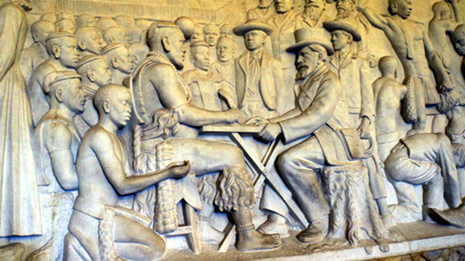
The relief inside the Memorial records the scene of the Zulus leader signing a treaty with Mr. Retief, a leader of the white mining group.
That morning, there was an extra-curricular class for middle school students held right on the second floor of the tower. The students dressed in costumes, will probably re-enact the old area of their ancestors. All are white. South Africa still has schools with only white students - The legacy of Apartheid regime. With that historical story, are the next generation of white South African citizens likely to get rid of racism? That is an open question, similar to the question how long will Voortrekker Memorial remain? Because the ANC government wants to destroy this relic, because for black people, it’s a testament to failure. And the relic remains exist thanks to Nelson Mandela's intervention partially.
However, reconciliation under the shadow of an individual is impossible, even if it is the shadow of a giant. Mandela - or Madiba, "the village patriarch", according to both the venerable and the respectful name of the African aboriginals - is in critical days due to a serious illness. If the old man leaves, the fragile link between the colors of South Africa's skin remains. If not, what will happen?
"It is impossible to have a nation that is both a plaintiff and a defendant and a judge," Nelson said.
LASTEST STORIES
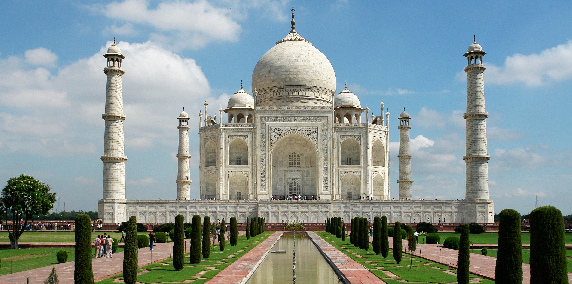
TAJ MAHAL, WHERE LOVE IS ENDLESS!
Taj Mahal, a white marble magnificence, took 22 years with the hands of 22,000 people and 1,000 elephants to build. Nakasimar India! The incredible India.
SEE MORE
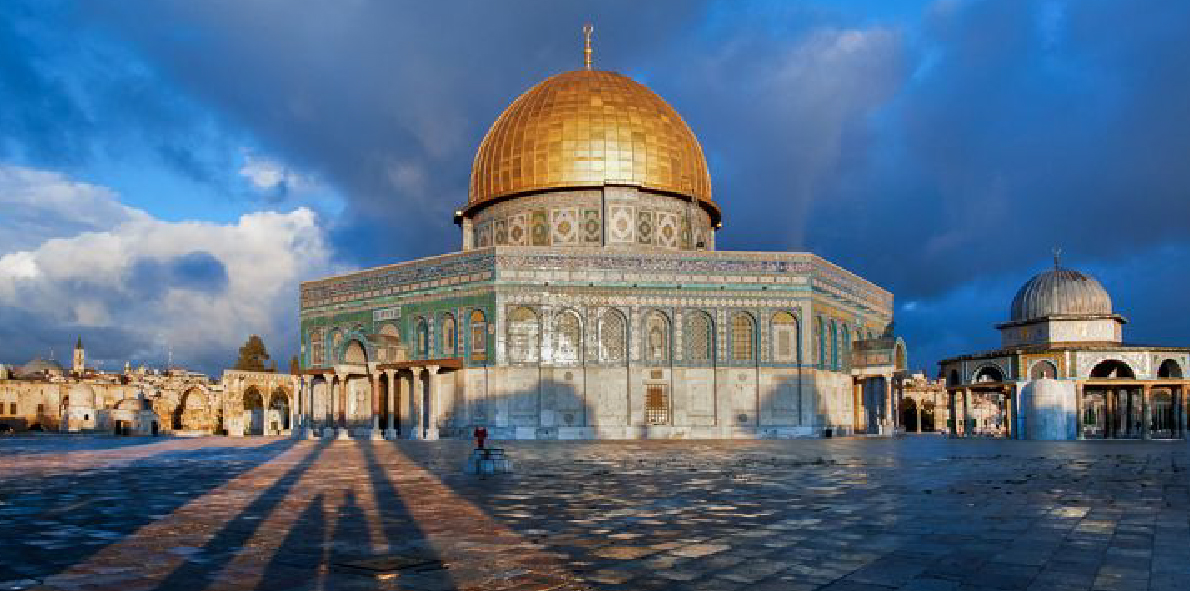
PALESTINE, FREEDOM FOR TOMORROW!
I was at my 4th day in my Jordan trip for 5 of us from Vietnam. Answering to Palestine governmen’s invitation, we got to Ramallah to attend Palestine disaster memorial on May 15, 2011, but unfortunately, until this moment, we were still stuck in Amman, Jordan’s capital city.
SEE MORE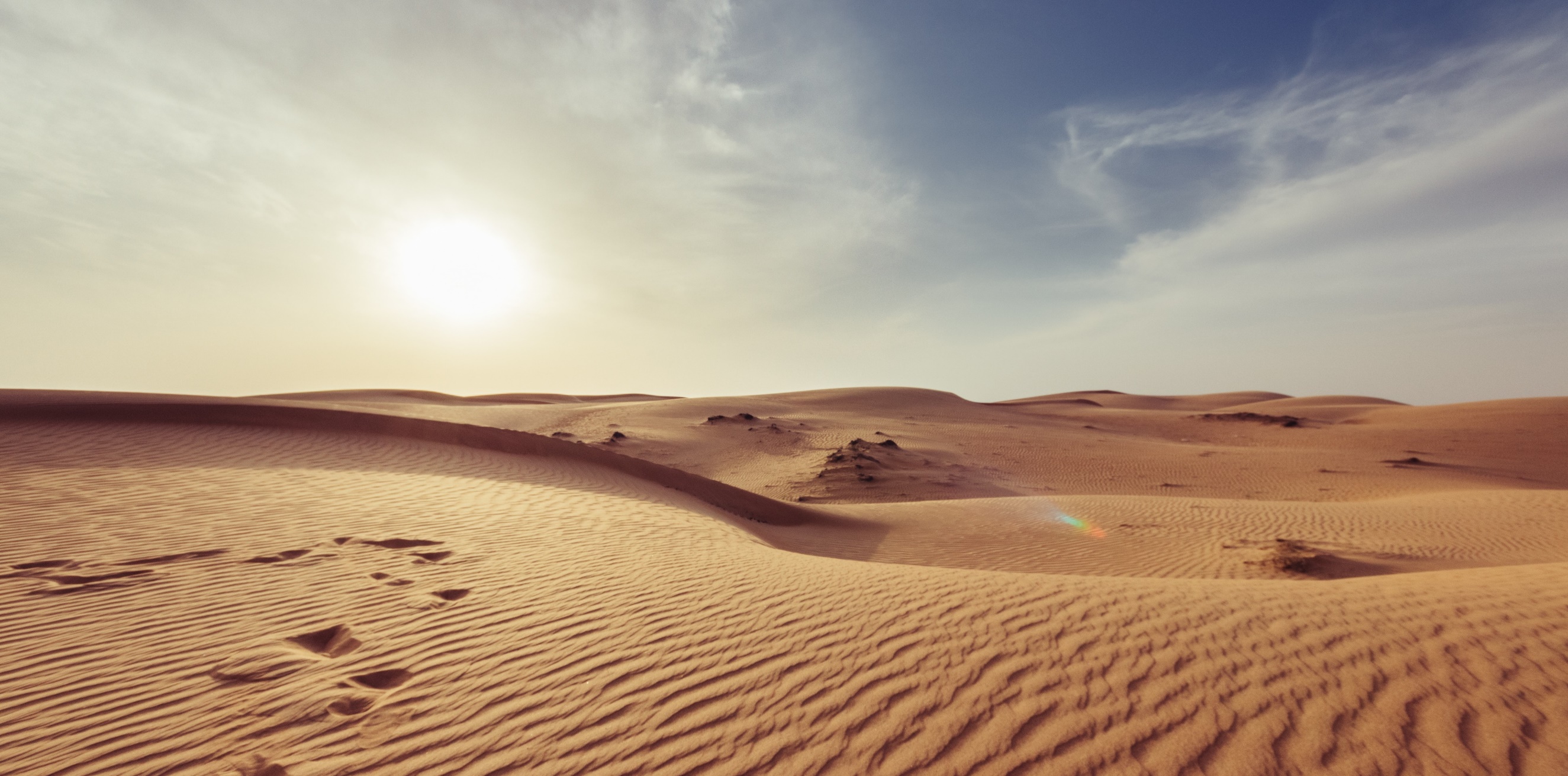
OMAN – MYSTERIOUS AND WONDERFUL KINGDOM
“Even with those who can only stay in Oman for a short time like us, people in Oman still wouldn’t disappoint anyone…”
SEE MORE

